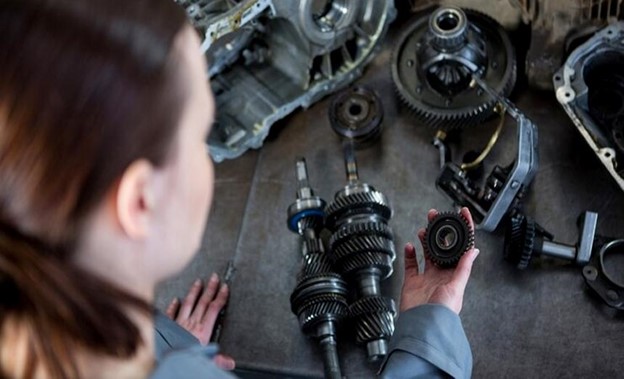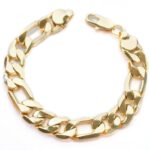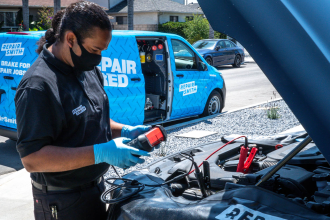When your vehicle needs repairs, choosing between OEM and third-party replacement auto parts impacts your performance and budget. Original Equipment Manufacturer parts are often the first choice and boast reliability. In contrast, third-party or aftermarket alternatives offer compelling advantages that are hard to overlook, such as lower costs and wider availability. This article will explore the pros and cons of using third-party replacement auto parts, focusing on factors like cost, quality, and warranty to give you a clear picture of what these alternatives can offer.
By understanding the benefits and potential downsides, you’ll be better equipped to make the best choice that aligns with your needs and priorities. This will ensure your vehicle receives the best possible care, cost-effectively.
The Benefits of Third-Party Replacement Auto Parts
Cost-Effectiveness
The biggest advantage of third-party replacement auto parts is their cost. These parts are generally less expensive than their OEM counterparts. For car owners on a budget, aftermarket parts provide a more affordable option for repairs and maintenance without the steep prices associated with brand names.
Variety and Availability
Third-party parts are widely available and often offer greater variety than OEM parts. This availability is especially beneficial for older vehicle models, for which OEM parts may no longer be produced. With numerous manufacturers producing aftermarket parts, vehicle owners can often find a part that fits their needs quicker than waiting for a specific OEM part to be in stock.
Innovation and Quality
Some aftermarket manufacturers invest in research and development to offer parts that match the OEM specifications and sometimes exceed them. These enhancements can improve performance, increase efficiency, or longer part life. Consumers can choose parts that improve the functionality of their vehicle beyond standard factory specifications.
The Drawbacks of Third-Party Replacement Auto Parts
Variable Quality
The quality of aftermarket parts can vary significantly between manufacturers. Some third-party parts match OEM quality, but others might need to catch up, leading to potential failures or safety issues. The inconsistency in quality means that consumers must be discerning and possibly rely on trial and error to find a reliable manufacturer.
Fit and Compatibility Issues
OEM parts are made specifically for particular models and configurations, while aftermarket parts are often designed to fit various vehicles. This can sometimes lead to issues with fit and compatibility, requiring additional adjustments or modifications during installation, potentially increasing the overall cost and hassle.
Impact on Warranty and Resale Value
Using aftermarket parts can affect your vehicle’s warranty if the part fails and damages another part covered under the manufacturer’s warranty. Furthermore, using third-party parts can also impact your car’s resale value, as prospective buyers may prefer vehicles maintained with OEM parts.
Warranty Concerns
While some aftermarket parts come with their own warranties, these guarantees often vary in terms of coverage and duration compared to OEM warranties. Third-party warranties might be more limited and sometimes less straightforward to claim under.
Making the Right Choice
When deciding whether to use third-party replacement auto parts, you must consider the initial cost and the long-term implications for your vehicle’s performance and value. It’s essential to research manufacturers and select parts that have garnered positive reviews for quality and reliability. Additionally, always verify that the parts have a warranty that provides adequate coverage.
For those looking for a balance between cost and reliability, Replacement Auto Parts from AutoPartsWay offers a viable solution. They provide a wide range of aftermarket parts that meet stringent quality standards, ensuring that you can maintain your vehicle without compromising performance or safety.
Conclusion
Third-party replacement auto parts can be a sensible choice for many car owners, offering cost savings, a wide selection, and potential improvements over OEM parts. However, the variability in quality and possible issues with compatibility and warranties mean that careful consideration and research are crucial. You can maximize what aftermarket parts offer by choosing reputable suppliers and high-quality parts while minimizing potential downsides. Always weigh the pros and cons in the context of your specific needs and circumstances to ensure that your vehicle remains reliable and performs well over time.














